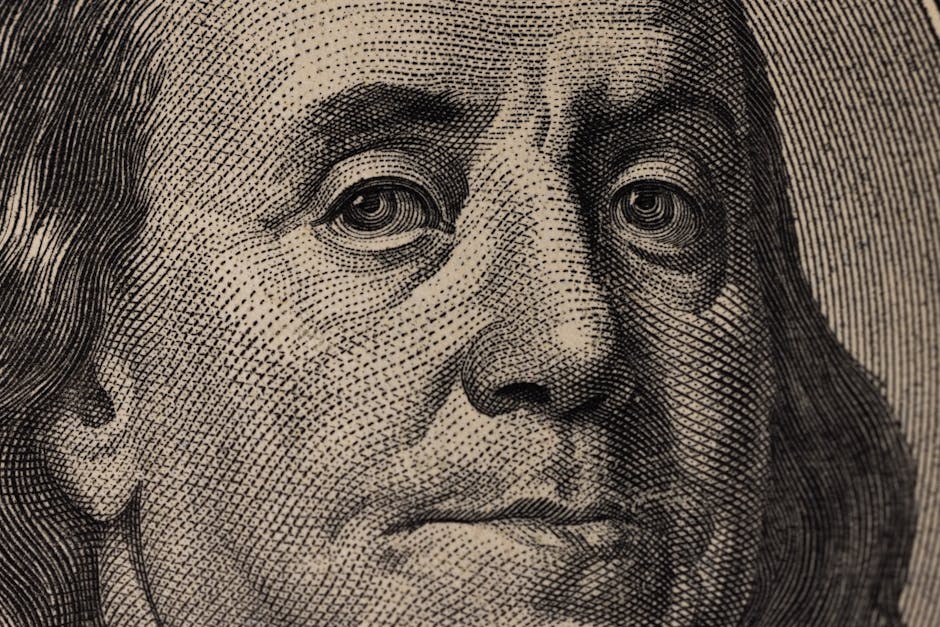Bank of America: Trump Tariffs Drove Up US Inflation
A bombshell report from Bank of America asserts there’s “overwhelming evidence” that former President Donald Trump’s tariffs on Chinese goods worsened U.S. inflation. The findings come as policymakers debate the legacy of protectionist trade measures ahead of the 2024 elections.
How Tariffs Supercharged Consumer Prices
Trump’s 2018–2019 tariffs slapped duties on $370B+ of Chinese imports, from machinery to consumer electronics. Bank of America’s research shows:
– Direct price hikes: Importers passed 20–30% tariff costs to consumers.
– Cumulative impact: Added 0.3–0.5% to inflation—equivalent to 15–25% of the Fed’s 2% target.
– Sector spread: Price jumps hit appliances (+4%), auto parts (+3%), and electronics (+2.5%).
Supply Chain Domino Effect
The tariffs forced costly supply chain reshuffling:
– Relocation delays: Shifting production to Vietnam/Mexico took 18+ months.
– Hidden costs: Non-Chinese suppliers charged 10–15% premiums.
– Pandemic multiplier: Tariffs worsened COVID-era shortages in semiconductors and construction materials.
Political Crossfire Over Trade Policy
Critics say:
– “Tariffs acted as a $51B/year sales tax” (Tax Foundation).
– Low-income households spent 27% more on tariff-affected goods (Brookings).
Defenders counter:
– Tariffs revived U.S. steel/aluminum jobs (+8% employment).
– China’s IP theft demanded aggressive response.
2024 Election: Tariffs on the Ballot
- Biden’s stance: Kept most tariffs but added solar panel exemptions.
- Trump’s pledge: 10% global tariff + 60% on China if re-elected.
Economists warn new tariffs could reignite inflation, while labor groups push for continued protection.
Key Takeaway
Bank of America’s data suggests Trump’s trade war accelerated inflation—a lesson for future policymakers. With China tensions ongoing, the balance between economic protection and consumer costs remains unresolved.




